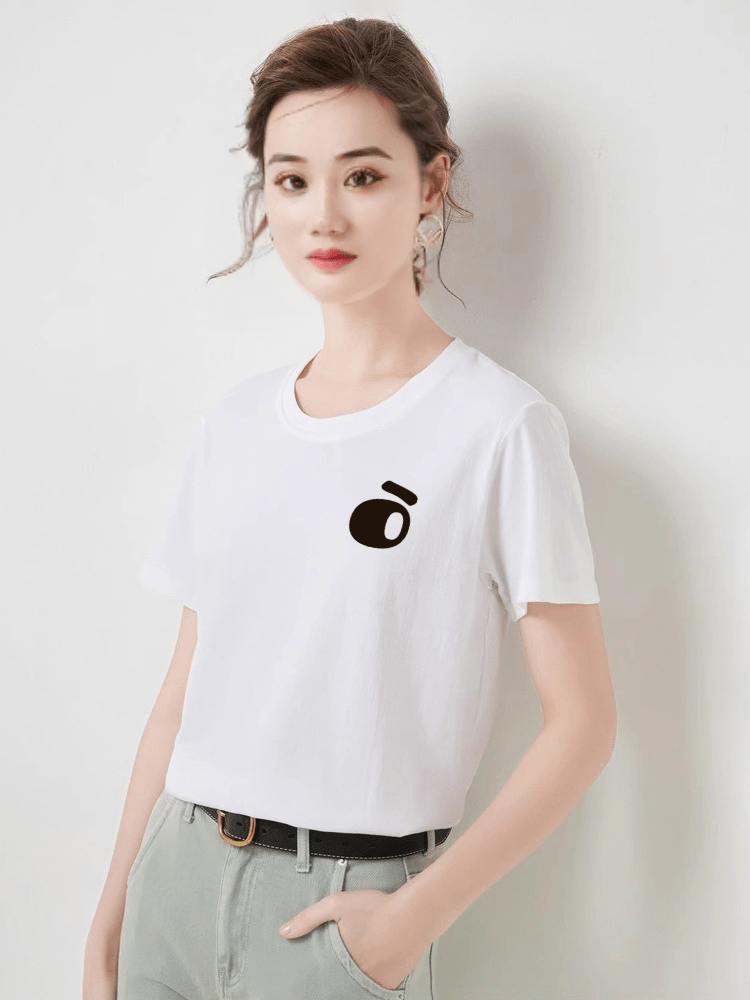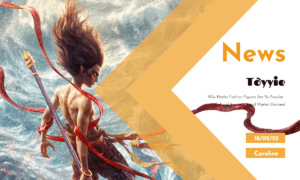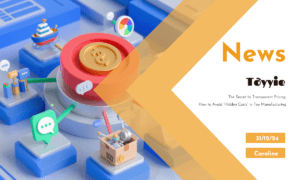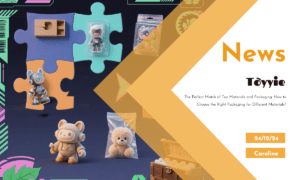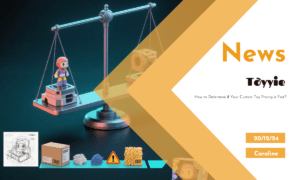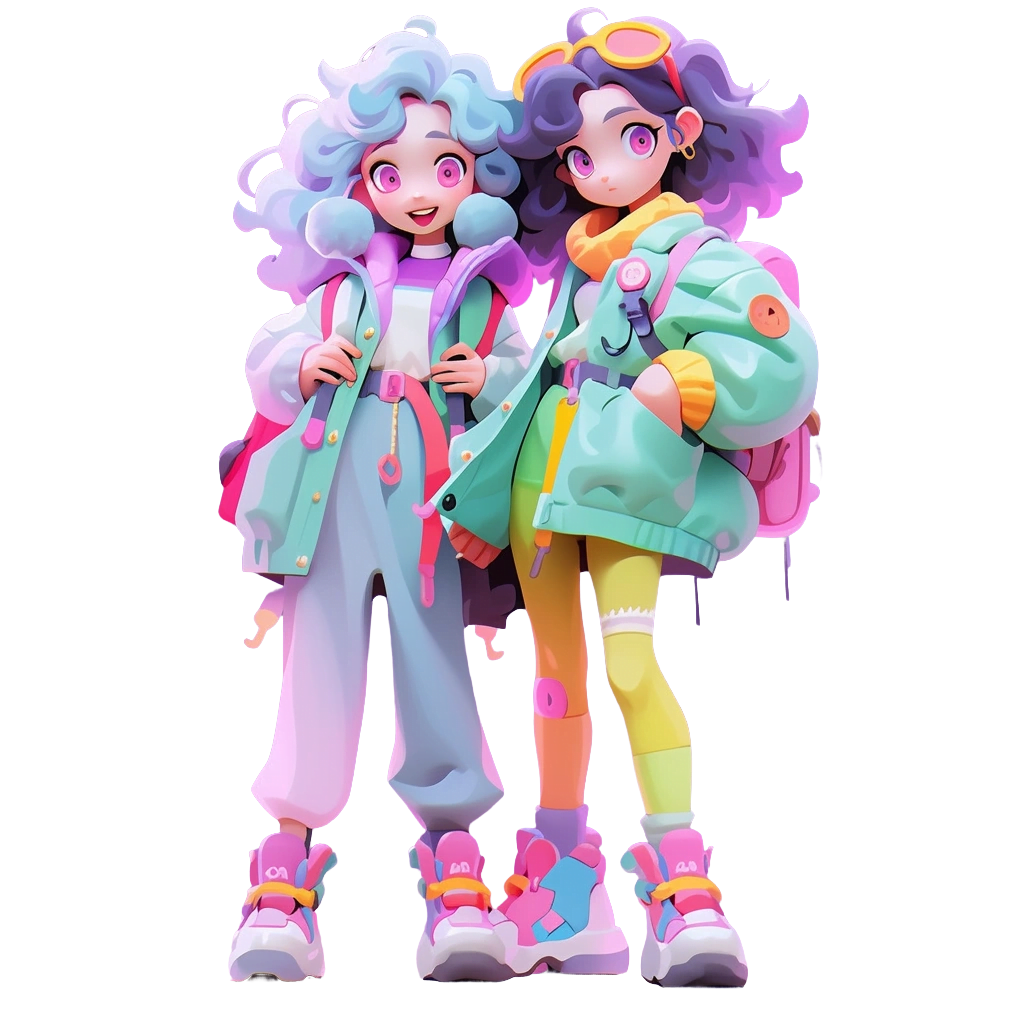📌 Introduction📌
I see you’re asking why MOQ (Minimum Order Quantity) can be the deciding factor in whether your collectible toys are profitable. This is a huge topic in the toy manufacturing world, especially for designers and entrepreneurs like you who are in the business of custom toys. Over the years, I’ve noticed how often MOQ is overlooked, but when you dig deeper, it plays a critical role in the success or failure of your product.
Let me walk you through my experience, share some stories, and explain why understanding MOQ can literally make or break your business. Grab a coffee, sit back, and let’s dive into this.
🧐 What is MOQ, and Why Does It Matter So Much?
Before we get into the details, let’s define what MOQ means, for those who might not be familiar with it. MOQ refers to the minimum number of units that you have to order from a factory or supplier to place a production order. The concept of MOQ is crucial because it influences a variety of factors: from pricing, production efficiency, inventory management, to your overall cash flow.
In simple terms, MOQ sets the baseline for how much you will have to invest upfront in order to get your toys made. Now, if you’re just starting out with your toy brand, MOQ can seem like a daunting number. But trust me, it’s not just some random figure — it’s a powerful force that impacts how you manage your costs, sales strategies, and ultimately, whether you’re going to make a profit or not.
🛒 The Balance Between MOQ and Pricing: Can You Afford It?
One of the first things I had to learn in this business was how MOQ affects pricing. At first, I would simply accept the price quotes from factories without much thought. But after a few projects, I realized something: **the lower the MOQ, the higher the price per unit.
Why is that? It’s simple: factories generally have set costs for setup, materials, and labor, no matter how many units you produce. So, if you’re ordering only 100 units, they still have to charge you for those setup costs, and your cost per unit will be significantly higher than if you were to order 10,000 units.
Let me give you an example from my own experience. When I first ordered a batch of custom vinyl toys, I ordered a small batch of 500 pieces. The factory gave me a price per unit that I thought was reasonable at the time. However, when I looked at larger quantities, I saw that the price dropped significantly. For example, ordering 5,000 units brought the price down by almost 30%. I wish I had understood this concept earlier, because if I had known that higher MOQs would reduce my per-unit costs, I could’ve been more profitable from the start.
How Can This Help You?
If you’re just starting out and can’t afford to order thousands of units, I get it. You might be wondering how to balance the low MOQ with affordability. Here’s my tip: **look for suppliers who offer competitive pricing even for smaller runs**. There are factories out there who specialize in low MOQ orders and still provide high-quality products at a fair price. It’s about finding the right balance — just because MOQ is low doesn’t mean the price will be sky-high.
💸 MOQ and Cash Flow: The Bigger the Order, the Bigger the Investment
Now, let’s talk about **cash flow**. This is the area where many toy designers or businesses make mistakes because they underestimate the upfront costs. When you agree to a higher MOQ, the money you need to invest up front increases — which can be difficult for small businesses with limited capital.
The reason for this is that larger orders often require **larger down payments** to cover the raw materials, labor, and production setup. The factory needs to secure its production process, and they’re going to want to know that you’re serious about the order. In many cases, suppliers will ask for a deposit of 30%-50% of the total cost before they even start production.
For example, a factory might ask for a 50% deposit on a $30,000 order for 5,000 toys. That means you need to come up with $15,000 just to start production. If you’re not prepared for that, it can create a cash flow crunch.
How Can This Help You?
Before you commit to a large order, make sure you have enough **working capital** to handle the upfront costs. Consider working with factories that offer flexible payment terms, like lower deposits or staggered payments based on production milestones.
🎲 MOQ and Your Product’s Market Fit: Will They Sell?
MOQ also has a direct impact on your product’s **market fit**. Let’s face it, if you’re not sure whether a particular design or style will sell well, committing to a large MOQ can be a big risk. Here’s the thing: it’s easy to fall in love with your design, but you can’t always predict whether your audience will respond to it the way you expect.
When I first started designing toys, I believed that my creations were *definitely* going to sell out. But after producing a large run, I realized that a few of the designs just weren’t what the market wanted. I was stuck with unsold inventory, and that’s never a good place to be.
Here’s where **lower MOQs** can actually work in your favor. If you’re testing out a new design or style, ordering a small batch allows you to assess demand before you commit to a huge production run. This strategy can save you from potentially making a costly mistake.
How Can This Help You?
If you’re in the early stages of your toy business, I highly recommend starting with small, limited runs to test the market. Gather feedback, adjust your designs, and use the insights to make informed decisions about future orders.
🌟 MOQ and Your Brand’s Perceived Value
Another important aspect to consider is how MOQ affects your brand’s perceived value. Let me explain: when you’re offering toys at a low price point, you might think that lower MOQs will help you make your toys more accessible. But sometimes, offering higher-quality products in larger quantities can create a premium perception for your brand.
I remember one brand I worked with, which produced limited-edition toys in small batches. These toys were priced higher per unit, but because they were limited and had a higher MOQ, people saw them as **exclusive** and were willing to pay a premium. The small batch strategy helped drive hype and exclusivity, and the brand was able to build a loyal following.
On the flip side, a brand with no MOQ limitations might be viewed as **mass-produced** and therefore less exclusive. This can affect how customers perceive your brand — they may see it as something that’s available everywhere, lowering its perceived value.
How Can This Help You?
Think about how you want your toys to be seen. If you want to create an exclusive, high-end brand, higher MOQs might work in your favor, even though it means a larger upfront investment. But if you’re targeting a more general market, lower MOQ with lower prices may help you attract a wider audience.
📈 MOQ and Long-Term Profitability: What’s the Bigger Picture?
Finally, let’s talk about **long-term profitability**. At the end of the day, your profit margin on each toy is what really matters. The higher your MOQ, the more you can **scale** your production, which leads to economies of scale. This means lower per-unit costs and potentially larger margins.
However, many small businesses get caught up in chasing the lowest MOQ possible because they’re trying to avoid over-committing. But remember, low MOQ means higher per-unit costs, which can limit your profitability in the long run.
When you’re starting to scale your business, it’s about finding a sweet spot with MOQ — you want it to be large enough to reduce unit costs, but not so large that it strains your cash flow or leaves you with excess inventory.
How Can This Help You?
Think long-term. Work with your factory to gradually increase your MOQ as your brand grows and as you feel more confident about your designs and the market’s response. This strategy will allow you to optimize your costs and ultimately boost your profitability.
🎉 Conclusion: Make MOQ Work for You
In the end, MOQ is a critical factor in how profitable your toy business will be. It directly affects your costs, cash flow, product market fit, brand value, and long-term profitability. But don’t let MOQ scare you — with a clear understanding of how it works and how it impacts your business, you can use it to your advantage.
As I’ve learned over the years, **being strategic about MOQ** allows you to make smarter decisions and grow your toy brand sustainably. Whether you’re just starting out or scaling up, remember: the key to making a profitable business isn’t just about finding the lowest MOQ. It’s about understanding how it fits into the bigger picture of your brand, your costs, and your goals.
I hope this article gives you the clarity you need to make informed decisions and ultimately succeed in the world of custom toys. Good luck, and happy designing!🧸

